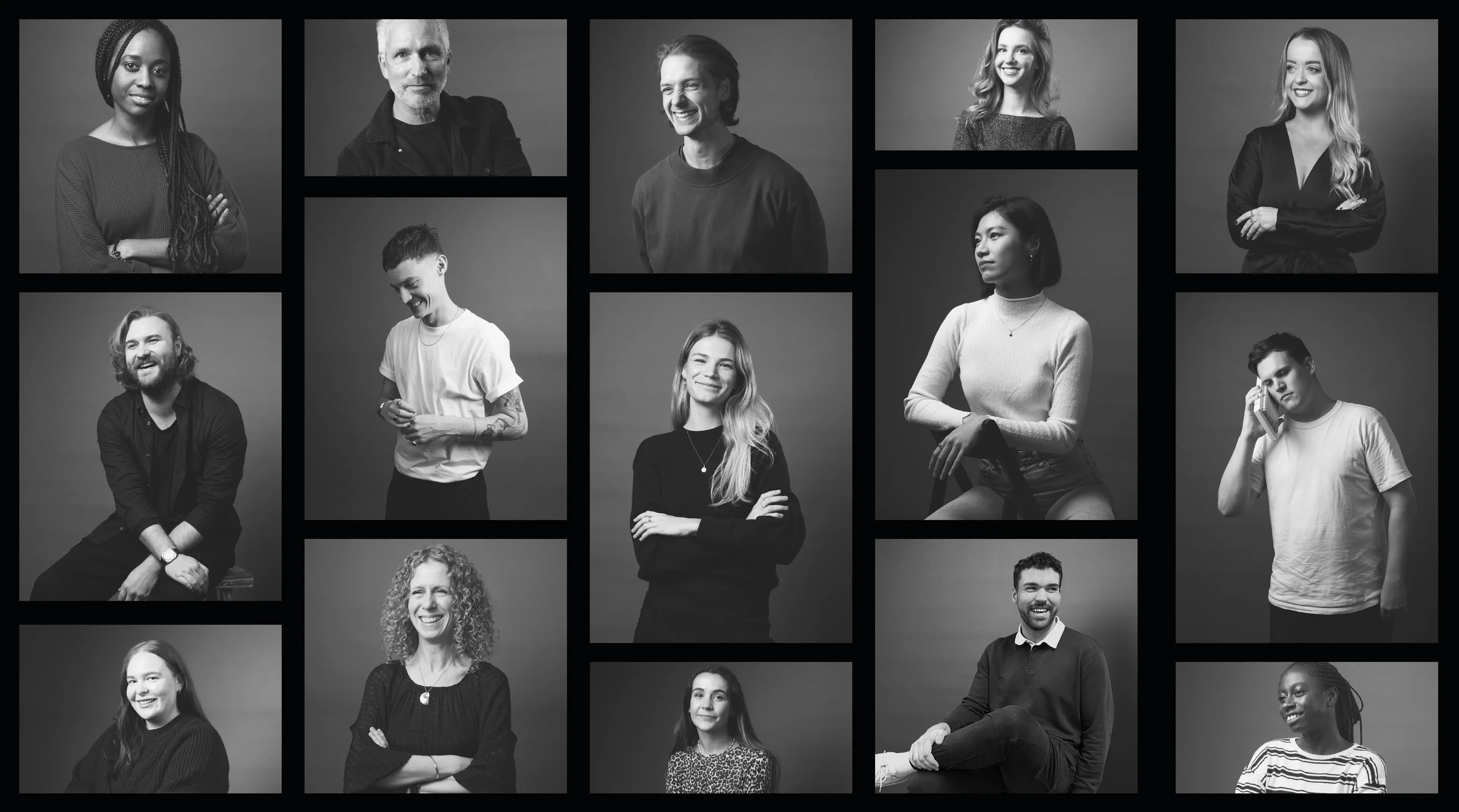
Brand & CX
1 Jan 2016
2 Min Read
Reimagining the Art Gallery Experience.
Anant Sharma- CEO
Brand & CX

Retail & Luxury Goods
4 Sept 2025
9 min read

News
5 May 2025
3 min read

News
17 May 2024
2 min read

Brand & CX
1 Jan 2016
2 Min Read
Anant Sharma- CEO
Brand & CX